Walk Your Way to Better Health
Walking is often overlooked as a basic form of exercise, yet research highlights its profound benefits ranging from preventing chronic diseases to enhancing longevity and overall wellbeing. So, let’s take a deep dive into why incorporating walking into daily routines can be transformative for health.
Health Benefits of Walking
Chronic disease prevention: Walking helps reduce the risk of cardiovascular diseases, type 2 diabetes, and dementia. Regular walking improves circulation, cardiopulmonary function, and immune responses, which collectively protect against these conditions. Brisk walking for just 30 minutes daily, five times a week, aligns with physical activity guidelines and significantly lowers the risk of these diseases.
Mental health and cognitive function: Beyond physical benefits, walking supports mental wellbeing, by reducing stress and anxiety while boosting mood. Cognitive benefits include slowing the progression of memory decline and reducing the likelihood of dementia. These effects are partly due to improved blood flow to the brain during physical activity.
Improved sleep and energy: Regular walking contributes to better sleep quality by regulating circadian rhythms (your body’s internal clock) and reducing insomnia symptoms. Enhanced sleep leads to greater energy levels and an overall improvement in quality of life.
Longevity: Walking also promotes longevity by mitigating age-associated diseases and fostering healthier lifestyles. This is particularly evident in “Blue Zones,” regions around the World where residents frequently live past 100 years, largely due to walking and other low-intensity activities integrated into their daily lives.
Blue Zones and the Role of Walking
Blue Zones, such as Okinawa, Japan, and Sardinia, Italy are areas in the world that have been identified with the highest concentrations of centenarians (those who live to 100 years or older). In these regions, walking is seamlessly incorporated into everyday activities, whether for commuting, gardening, farming, or social visits. This natural integration of physical movement not only keeps people active but also strengthens social bonds and mental health.
Why Walking Stands Out
Unlike high-intensity exercises, walking is accessible, cost-free, and adaptable to all fitness levels. It is low impact, which minimises the risk of injuries while still providing substantial health benefits.
Tips for Integrating Walking into Your Routine
Start small: Begin with short walks and gradually increase duration or intensity.
Incorporate into daily life: Opt for walking instead of driving for short distances or use stairs instead if lifts or elevators.
Make it social: Join a walking group or organise to go for a walk with friends to combine physical activity with social interaction.
Enjoy the environment: Choose scenic routes to make walking more enjoyable and calming.
Whether you are aiming to prevent chronic diseases, boost mental health, or simply add years to your life, walking offers a straightforward and effective solution. Embrace walking, the most underrated form of exercise, and take a step toward a healthier, happier future.

